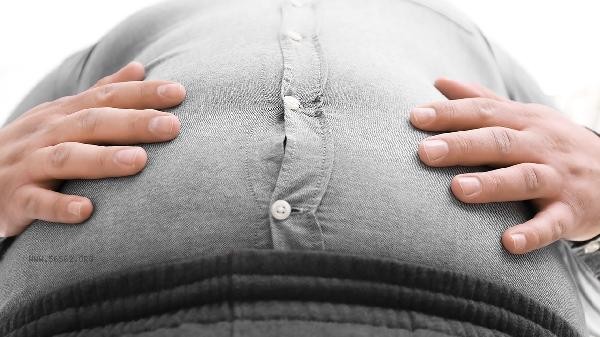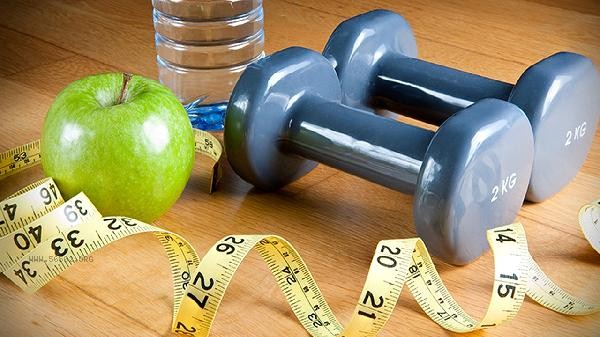The weight loss effect of aerobic exercise alone is limited, and it needs to be combined with strength training and dietary control. Although aerobic exercise can burn calories, long-term single training can easily lead to muscle loss, metabolic decline, and affect fat loss efficiency. Aerobic exercises such as running, swimming, cycling, etc. can effectively burn fat and are suitable for early weight loss. This type of exercise mainly relies on glycogen and fat for energy supply, and weight loss can be seen in the short term. But the body will gradually adapt to the intensity of exercise, and the efficiency of calorie consumption may decrease, which may lead to a plateau period. Aerobic exercise alone cannot significantly increase muscle mass, which is a key factor in maintaining basal metabolic rate. Strength training such as squats, push ups, and equipment exercises can increase muscle mass and improve resting metabolic rate. Muscle tissue consumes much more calories per day than adipose tissue, and can continue to burn fat even when not exercising. Combining strength training can prevent muscle loss during weight loss and shape a firm physique. Alternating between aerobic and anaerobic exercise can break through metabolic adaptation bottlenecks and achieve long-term weight loss effects.

It is recommended to combine aerobic exercise with strength training in a 3:2 ratio, with 5 workouts per week for 30-60 minutes each time. Control total calorie intake in diet, ensure the intake of high-quality protein and dietary fiber, and avoid high sugar and high-fat foods. Maintaining sufficient sleep and a regular schedule can help regulate the balance of leptin and ghrelin. Weight loss requires multidimensional intervention, and a single exercise mode is difficult to achieve ideal results. It is necessary to adjust the exercise plan according to individual physical fitness.








Comments (0)
Leave a Comment
No comments yet
Be the first to share your thoughts!